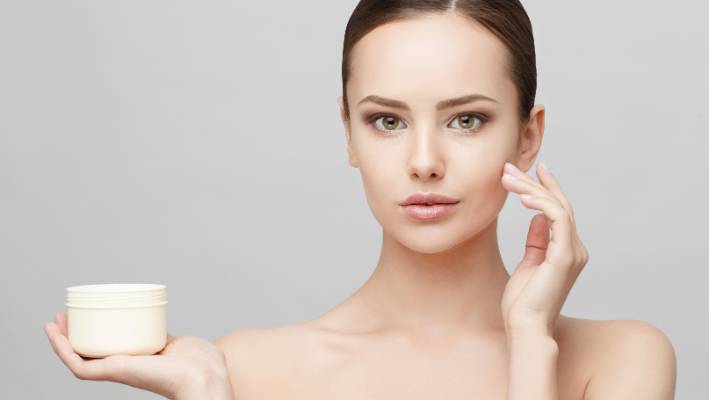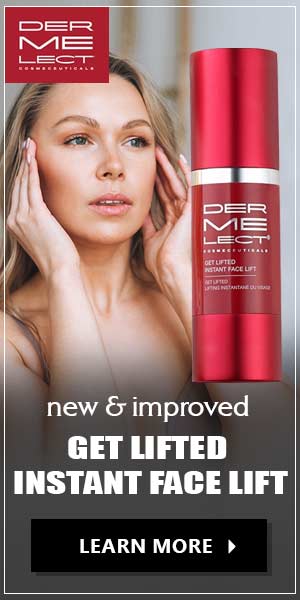There are a lot of rumors surrounding the beauty and skincare industry and the ingredients used these days, most of which are untrue, fortunately, but then again, there are a few that bear some truth.
Today, we are going to discuss a few of the most common culprits found in beauty and skincare products that do pose a danger to us, before going on to discuss what you can do to safeguard yourself.
Parabens
The good thing about parabens is that the preservatives prevent molds, fungi, bacteria, and other parasitic organisms from growing in the beauty product.
The bad part is that parabens can be absorbed through the skin, enter our bloodstream, disturb the hormonal balance, and may even cause breast cancer.
Phthalates
Phthalates are infamously linked to breast cancer, diabetes, asthma and several other severe diseases.
Unfortunately, they are also linked with ADHD and other developmental disorders in children given birth to by mothers who had the toxins in their blood during the pregnancy (source).
Phthalates can be found in nearly everything from nail polishes, moisturizers, and shampoos, to even detergents that we use in the washer.
The main reason why they are used is that they keep the product liquified for a longer period of time.
If you find it on the label, it’s best to avoid these chemicals altogether.
Sodium Lauryl Sulphate (SLS)
Is SLS dangerous by itself?
Not exactly, but the associated chemicals[1] which it often comes with as a result of the manufacturing process are damaging for the kidney and the liver.
Unfortunately, SLS is almost impossible to avoid, since almost every skincare product has it, along with dishwashing liquids and detergents (source).
How Can You Educate Yourself?
There are three things you can do to better educate yourself on what is in your beauty products, and they are as follows:
- Read the Ingredients List: The common mistake or lack of diligence on our part is when we know that we should always read the ingredients list before buying a new product, but don’t anyway!
By now, you know what to avoid, so read the ingredients list to reduce your chances of ending up with a toxic product on your hands.
- Read the Reviews: Now this one is a simple tip, as anyone can read about a new beauty product online, but finding a review that the manufacturer has not paid for promoting its product can be hard!
You can visit sites like oglf.org and thewirecutter.com which test the products they review, they are two of the few sites that can still be trusted for testing popular beauty products with honesty.
- Rely More on Big Brands: This is not to say that big brands have not made toxic products at times in the past, but that doesn’t always happen in this day and age, as they are more conscious of their reputation than a small manufacturer which no one knows about would be, for obvious reasons.
Now that we have discussed a few things that you need to know for staying beautiful and safe, without sacrificing one for the other, it’s time to go shopping!
FAQ’s:
Que: What are the active ingredients in skin rejuvenation products?
Ans: Following common active ingredients are:
- Antioxidants
- Alpha-hydroxy acids or AHA’s
- Hyaluronic Acid
- Hydroquinone
- Kojic Acid
- Copper Peptide
Que: What natural ingredients are used in skin care products?
Ans: Following active ingredients in natural skincare products:
- Coconut oil
- Tea tree oil
- Grape seed oil
- Rosewater
- Argan oil
- East Indian sandalwood
- Apple cider vinegar
- Sea salt
Que: Does parabens used in cosmetics?
Ans: Yes, it is most commonly used in cosmetics are methylparaben, propylparaben, butylparaben, and ethylparaben.
Que: What beauty products contain phthalates?
Ans: Phthalates is commomly found in hair spray, nail polish, shampoo, soaps and lotions.
 By Jenn Sinrich
By Jenn Sinrich





